For decades, sea life had been affected by plastic pollution. But now, we can also see the increase in the impact of plastic pollution on land animals.
Images of elephants in Sri Lanka have emerged as they are rummaging through and eating piles of rubbish at a landfill site. Normally, elephants would travel up to 30 kilometers each day to find food, but these Oluvhil Palakadhu elephants have had to change their behaviors to adapt to changes in the environment.
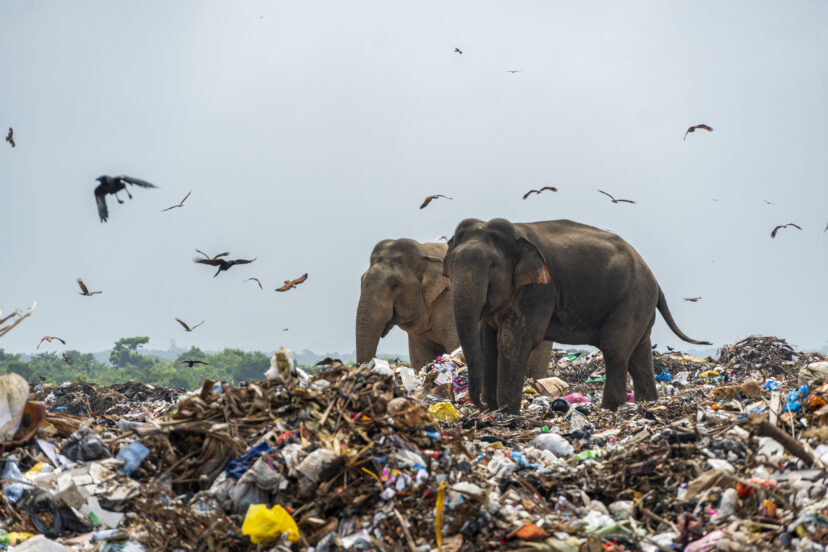
Images were taken by Tharmaplan Tixalan, a Jaffna-based photographer who has long observed the elephants at the landfill, and in order to raise awareness, he decided to document their behaviors.
Based on what Tharmaplan observation, he said, “In the eastern province, a herd of wild elephants has picked up a peculiar – and sad – habit: since of late, these elephants have been seen foraging for food in garbage dumps. One garbage dump – situated near an area near known as ‘Ashraf Nagar’ close to the forest bordering the Oluvil-Pallakadu area in the Ampara district – is considered the cause of this new, destructive and unhealthy habit,”.
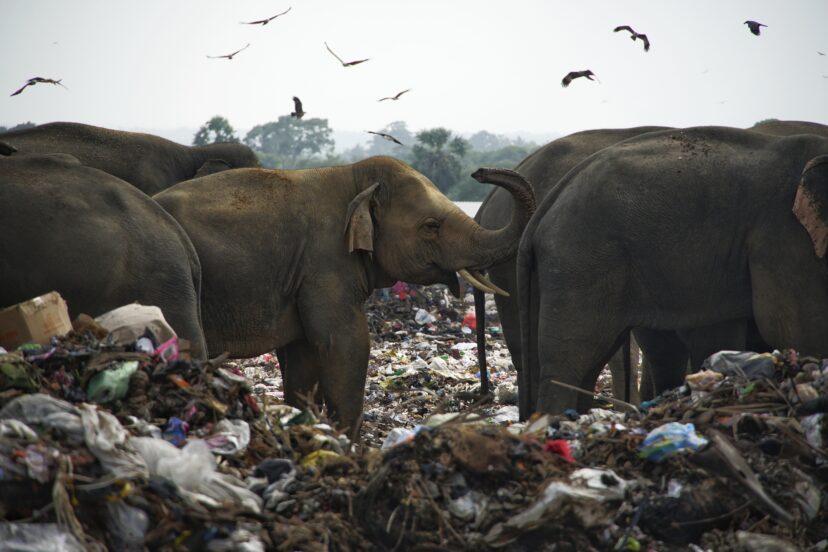
As a result, the elephants are ingesting microplastics and polythene, which damages their digestion and leads to large quantities of undigested pollutants being found in their poo. A number of post-mortems carried out on elephant cadavers have yielded plastic products and non-digestive polythene in their stomach contents, said Tharamaplan.
He explained, “The herd of wild elephants – numbering about 25-30 – now accustomed to feeding so close to human habitat have also begun to invade nearby paddy fields and villages seeking more food adding more tension to the already fraught relationship between the villagers and the wild animals.
“Despite a number of roundtable discussions with authorities that arrived at many solutions – including the construction of a reinforced fence around the garbage dump – no action has been taken to prevent the wild elephants of Oluvil from entering the urban areas in search of food, predominantly in garbage dumps,”.
“The frequency of elephant casualties is a call to all stakeholders to unite and arrive at a solution that will resolve this issue as soon as possible,” he added.
Source: Unilad

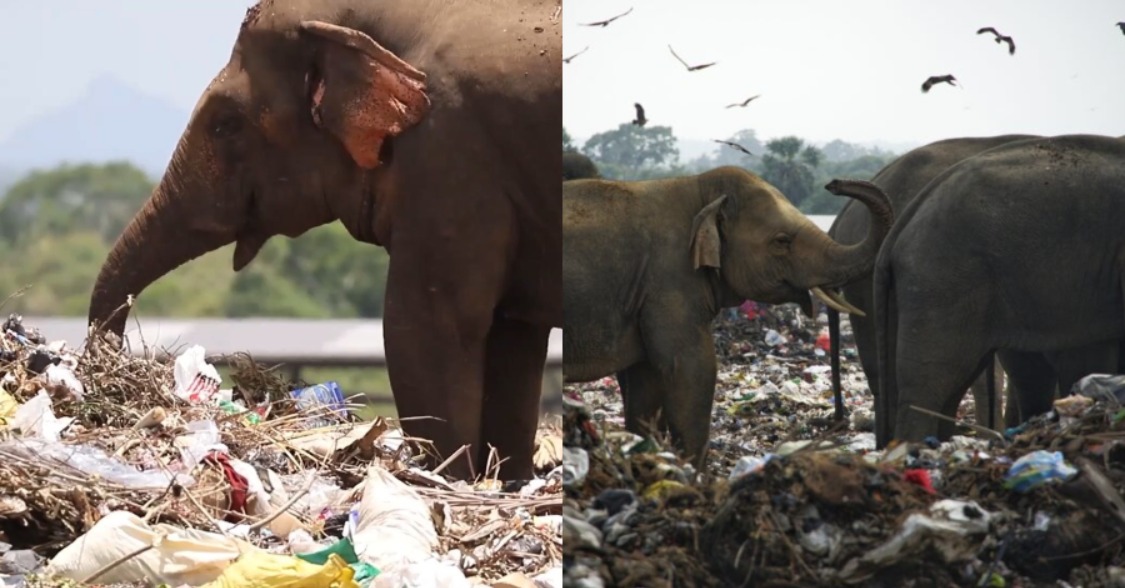



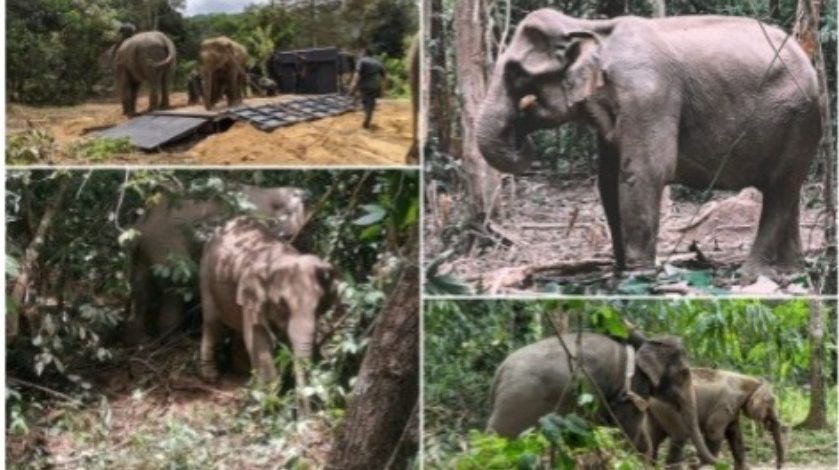


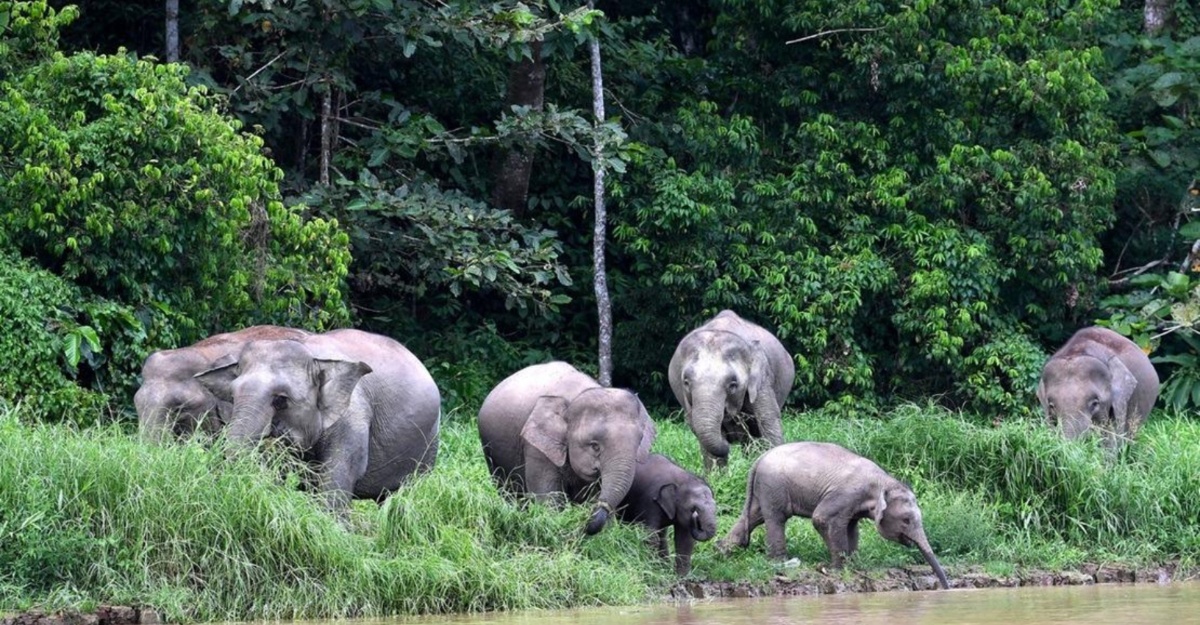
Leave a Comment